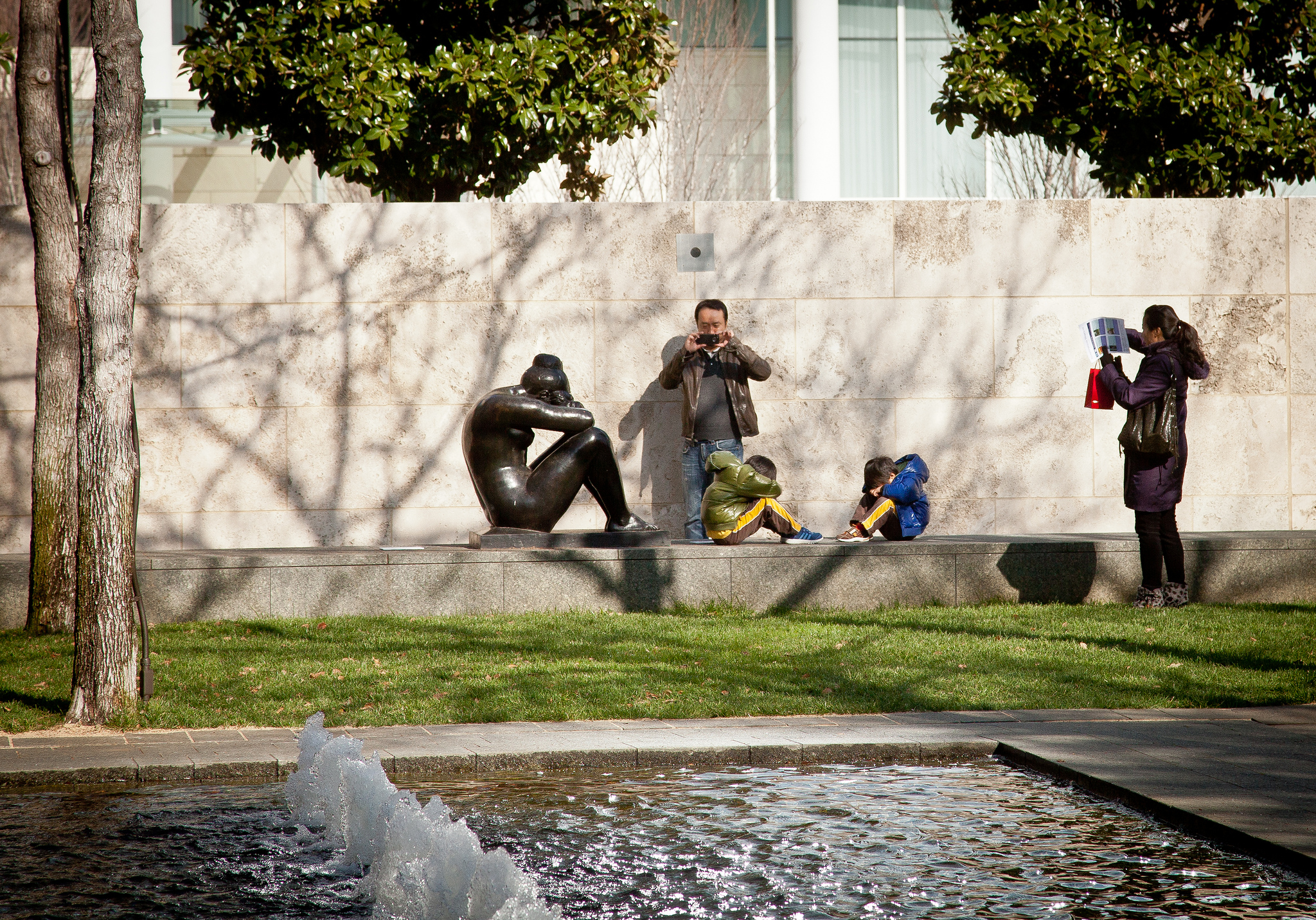To measure engagement, you first have to define it

Guest blog post by Bronwyn Mauldin, Director of Research and Evaluation Los Angeles County Arts Commission
The concept of “engagement” in the arts is a tricky, slippery subject with a lot of room for miscommunication. At its most basic, engagement events are ones that allow people not just to be a passive consumer of the arts, but to engage in arts making.
Dig a little deeper, though, and you’ll discover “engagement” isn’t just one term in the arts. A quick Google search will generate different results depending on whether you look for community engagement, public engagement or civic engagement.
These terms are used – sometimes interchangeably – to refer to activities with different purposes, and it’s in the intent where the real meaning of engagement lies. For some arts organizations, their use of arts-making engagement activities is driven by business needs like selling tickets or bringing new people to a venue. For others, engagement has a social justice purpose, bringing the arts and its benefits to people who don’t usually have access to it. For still others, engagement is using the arts to help solve problems in a community.
The National Center for Arts Research(NCAR) at Southern Methodist University recently released its third edition, reporting on the health of the arts and culture sector in the US. Among those measures is an investigation of community engagement. Their top level finding is that the average arts and culture organization in the US engaged with 13.4 percent of its local population either in person or online in 2013. If you count only live engagement, the average arts organization engaged with 5.0 percent of its local population in person.
While in-person engagement remained flat between 2010 and 2013, total engagement including online engagement increased in that time by 7.6 percent. In-person engagement fell slightly in New York but rose in Los Angeles. As the chart below shows, engagement varied significantly by arts sector. Art museums had the most, engaging with 26.1 percent of the local population in person and 50.6 percent of the population in total. They were followed by symphony orchestras (49.7 percent) and operas (45.6 percent) in the overall measure, but other museums had higher in-person engagement (19.2 percent) than either.

Engagement also varied by organization size, as the chart below shows. As a side note, other indices in NCAR’s third edition show that the sectors vary considerably in terms of average budget size, so what constitutes a Medium art museum, for example, is a very different budget range than a Medium dance company.

But to understand all these “engagement” numbers, we need to know what the term means. The NCAR definition of community engagement is expansive and includes all of the following “touch points” between an organization and its population as reported by arts nonprofits via the DataArts/Cultural Data Profile (CDP):
- Total attendance both paid and free, including visitors to all performances, exhibitions, workshops and outreach events whether general admission, members or subscribers
- All full and part time employees
- All independent contractors, interns and apprentices
- All full and part time volunteers
- All individual and board donors
The overall count of engagement includes all attendance both physical and virtual, while the in-person measure only counts physical attendance.
Here’s where things get interesting. This definition of engagement combines traditional, passive activities like watching a show or walking through an exhibition with art-making activities like hands-on workshops that might be for adults or children.
It also includes two very traditional arts activities many in the field might not have considered to be “engagement,” namely volunteering and donations. Which raises the very interesting question – should we?
Here at the Los Angeles County Arts Commission, we tend to say yes.
In November, we issued a report on Volunteers in Nonprofit Arts Organizations in LA County, analyzing data from the CDP at the local level. We discovered that a lot of Angelenos volunteer for our local arts nonprofits: 35,076 people gave 5.8 million hours of labor in 2012, along with 5,185 board members.
When we dove into the literature on arts volunteers we also discovered that volunteer motivations in our sector are very similar to motivations of arts consumers – they want an up-close and in-person experience with arts and artists. This led us to recommend that arts organizations think about their volunteers not only as a source of labor, but consider how volunteers could be incorporated into the organization’s wider public engagement strategy. This has the potential to open up new roles and opportunities for volunteers, while making the function of engagement more central to the organization.
We haven’t gone so far as to investigate giving as a type of engagement, but it’s an interesting idea with some significant pros and cons.
Findings like those in the NCAR report or ours shouldn’t be seen as absolutes but as indicators of the health of the arts sector. An exact count of “engagement” for one organization, region or sector is less important than how it compares to other organizations, regions and sectors, or how it changes over time.
Equally important is the opportunity these figures give us to debate and better define terminology in our field. What is the fundamental purpose of our engagement strategies? When we come to clearer agreement on what a term means, we can better understand what we are trying to achieve and measure what progress we are making toward it.
###